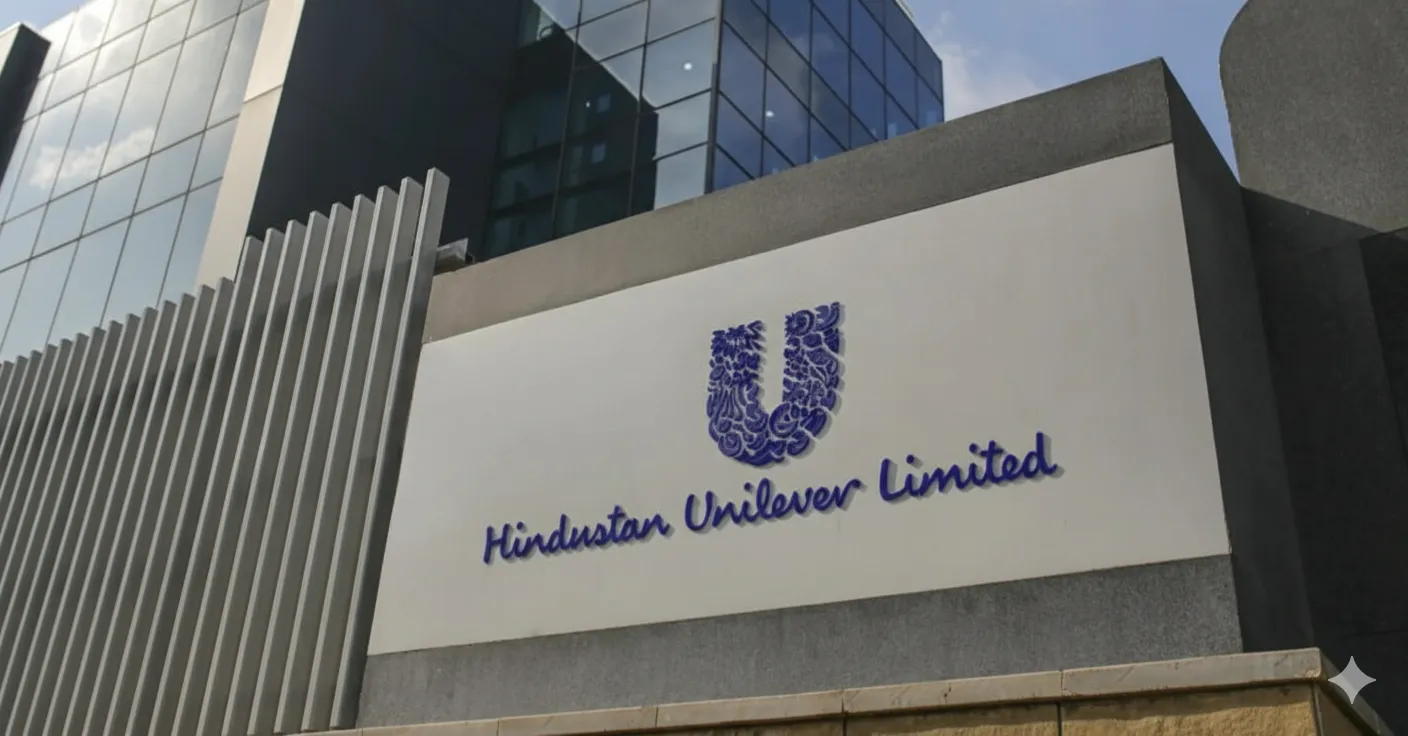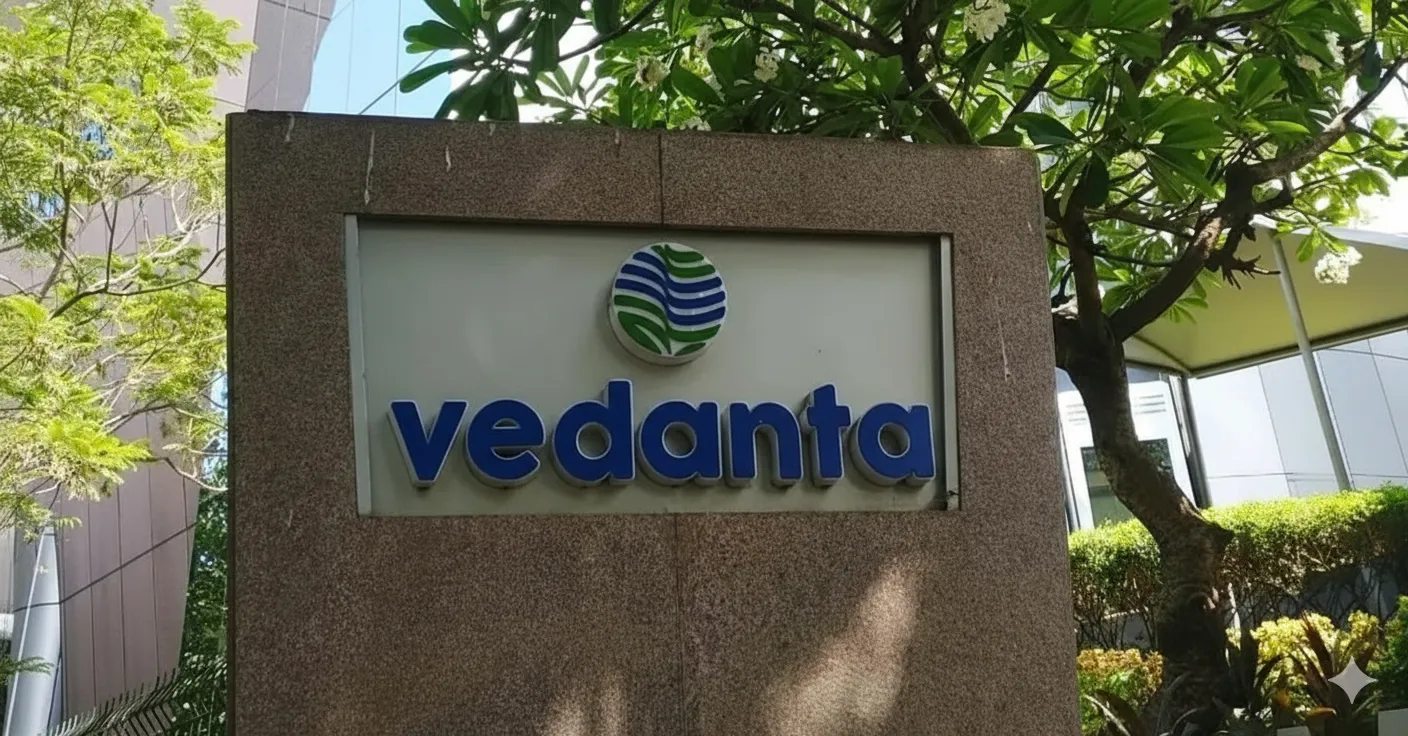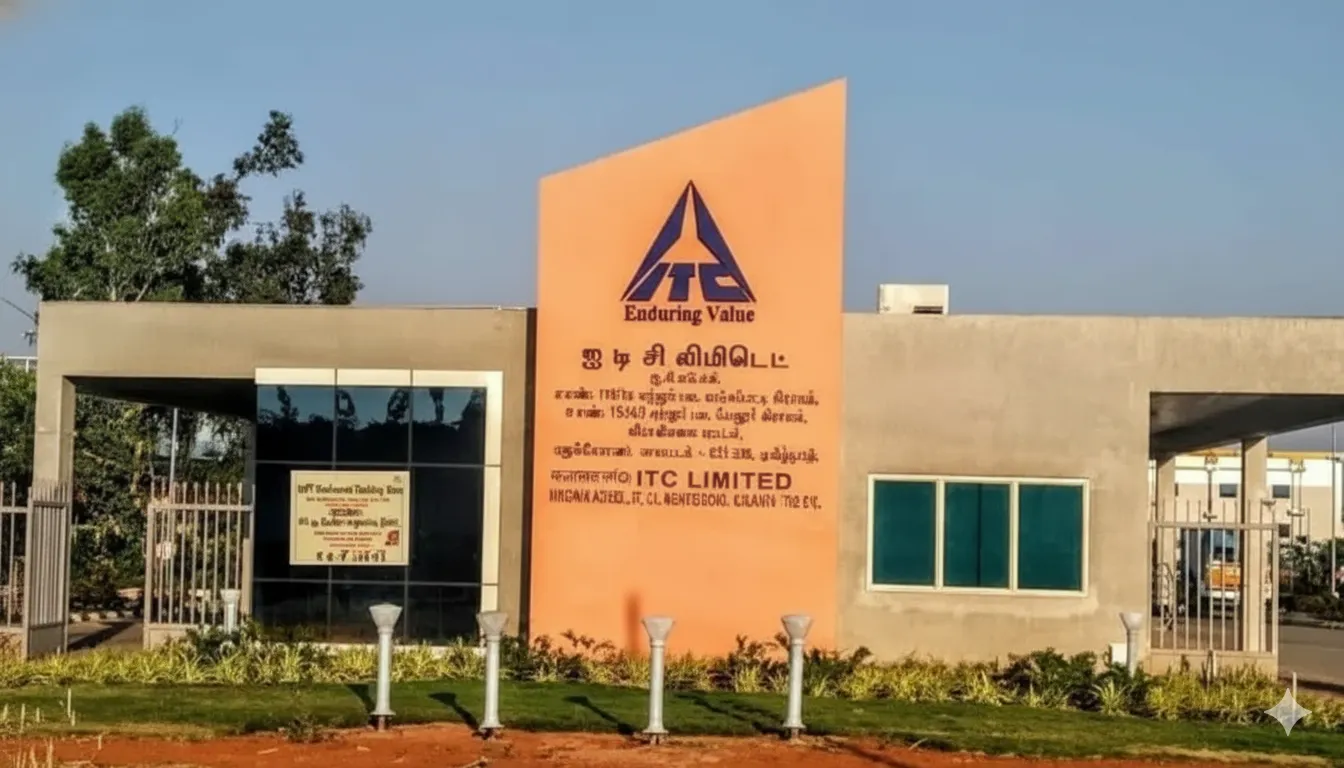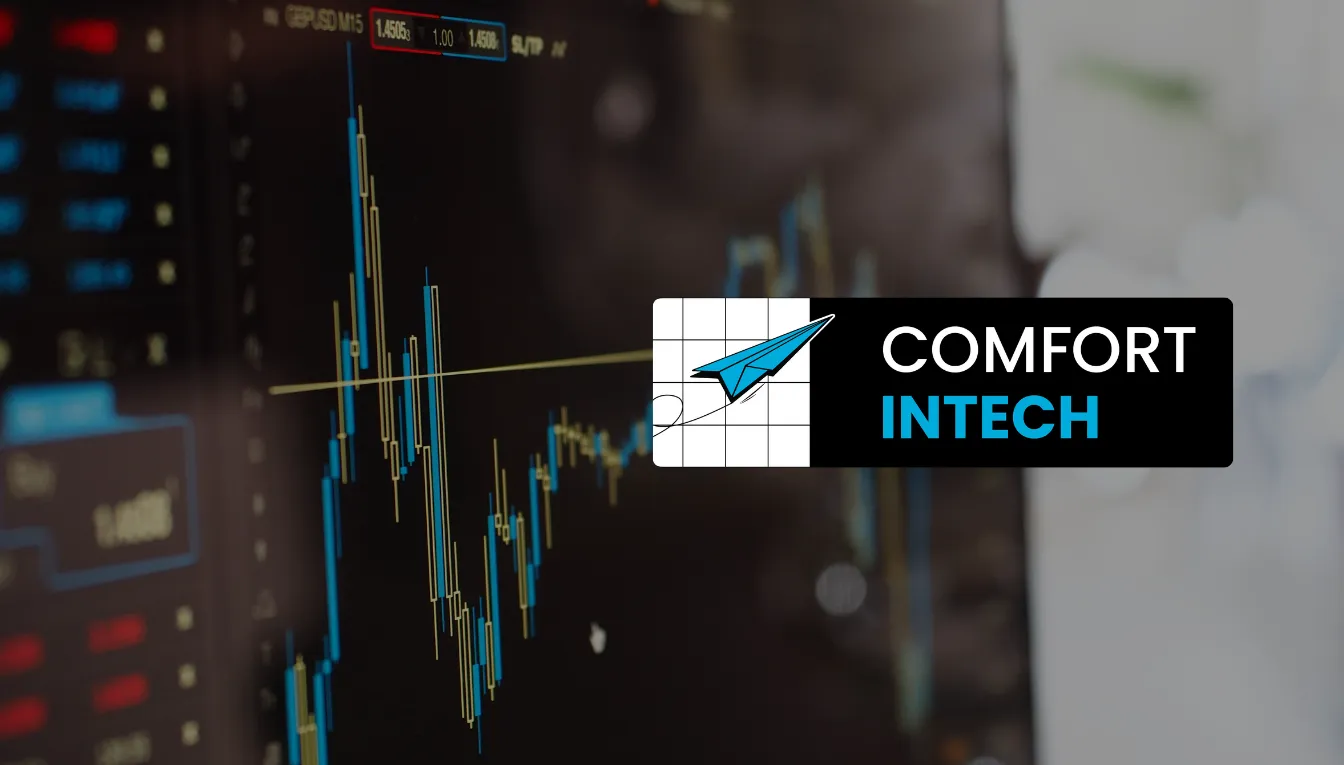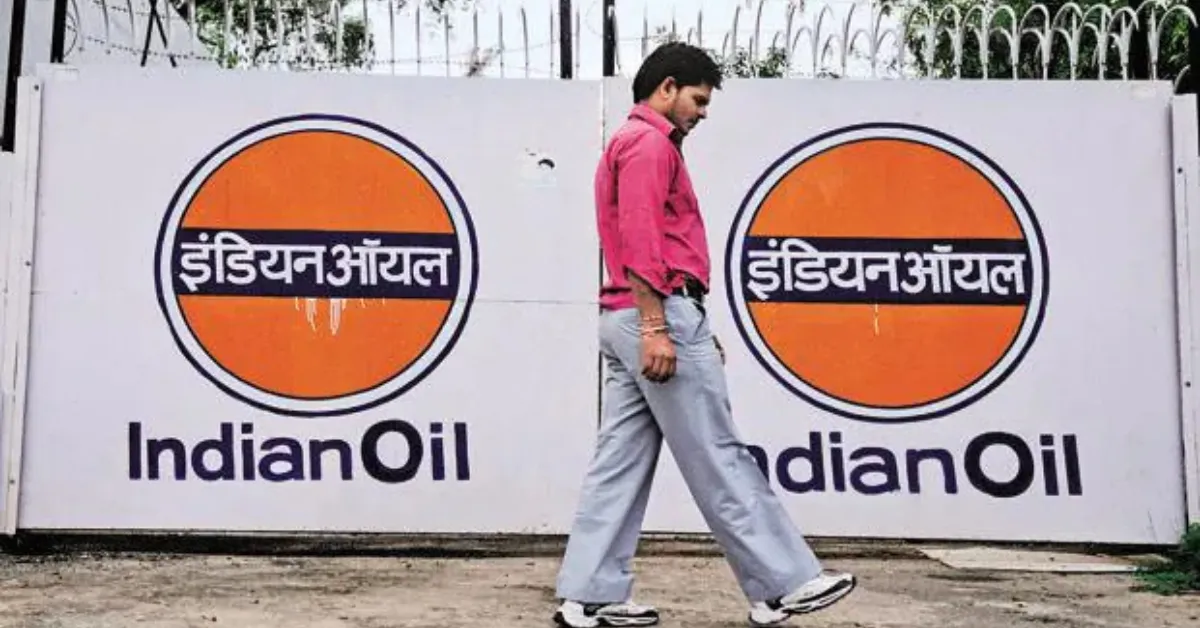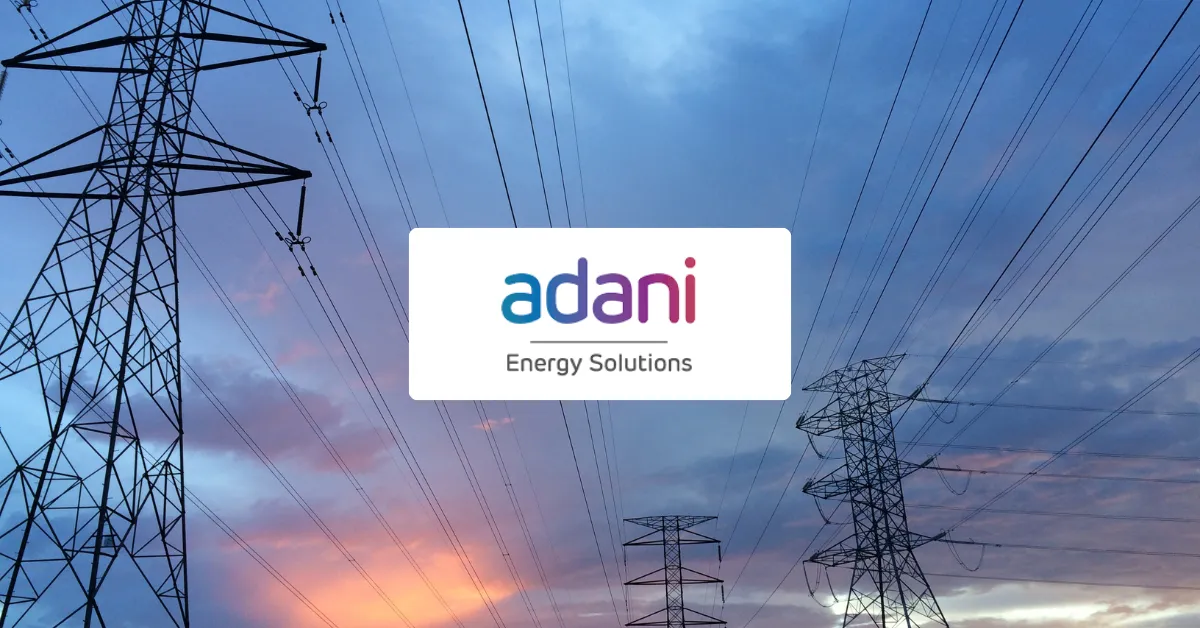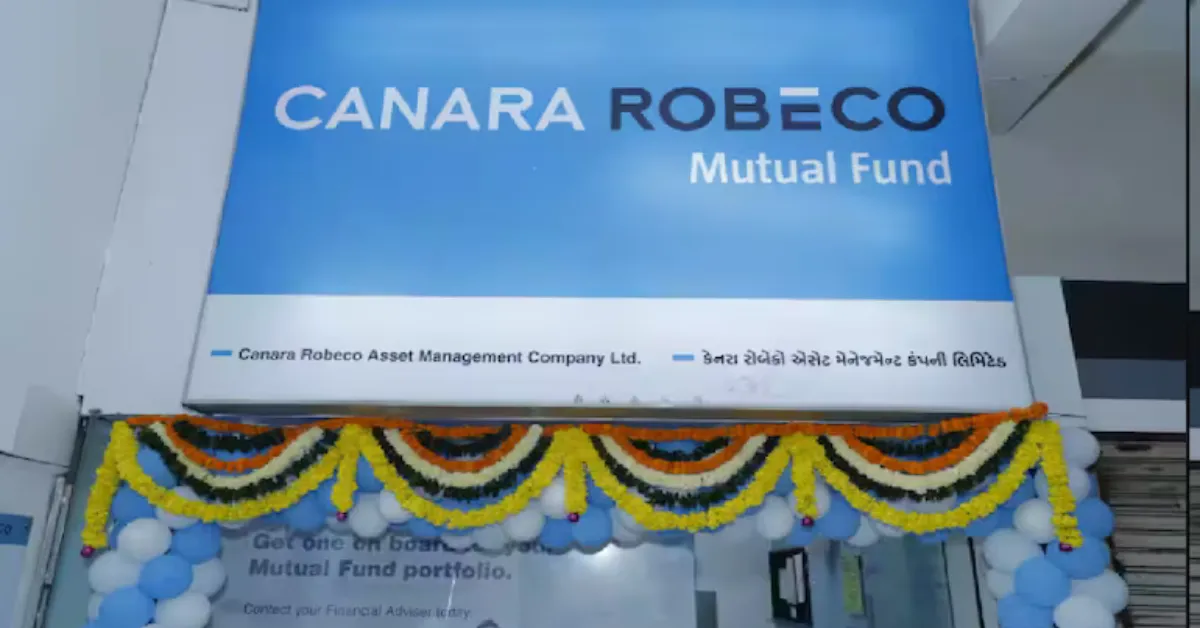Hindustan Unilever Limited (NSE: HINDUNILVR) stands as one of India’s most trusted and diversified FMCG giants, with a strong presence across personal care, home care, foods, and beverages. Backed by iconic brands like Dove, Surf Excel, Horlicks, and Lifebuoy, HUL continues to dominate the Indian consumer goods space with unmatched distribution and brand recall.
As of October 2025, HUL’s share price hovers around ₹2,600, showcasing remarkable resilience amid macroeconomic challenges such as input cost inflation, volatile demand, and GST-related disruptions. Despite near-term pressures, the company’s steady cash flows, consistent dividends, and leadership in premium categories make it a cornerstone stock for long-term investors.
Over the past decade, HUL has successfully leveraged digital transformation, rural penetration, and sustainable innovation to expand its market reach and boost profitability. Analysts believe that while short-term volatility may persist, strong fundamentals and margin recovery position Hindustan Unilever for sustained growth through 2030 and beyond.
In this detailed analysis, we’ll explore HUL’s fundamentals, performance metrics, and year-wise share price targets from 2025 to 2050, offering insights for both growth-focused and dividend-seeking investors.
About the Company
Founded in 1933, Hindustan Unilever Limited is a subsidiary of the global FMCG giant Unilever Plc. The company operates across India, manufacturing and marketing over 60 brands in categories such as personal care (Lifebuoy, Dove, Lux), home care (Surf Excel, Vim), foods (Knorr, Kissan), and beverages (Bru, Lipton). HUL’s distribution network spans urban and rural India, reaching millions of households through a combination of traditional trade, modern trade, and digital channels.
The company has consistently focused on innovation and sustainability, investing in green manufacturing practices, renewable energy adoption, and water conservation initiatives. Its ability to adapt to changing consumer preferences, such as shifting demand toward natural and premium products, has reinforced its competitive edge in the Indian FMCG sector.
Fundamental Analysis
HUL Revenue & Profit Trends (FY21–FY25)
| Fiscal Year | Consolidated Revenue (₹ crore) | Net Profit (₹ crore) | YoY Revenue Growth | YoY Net Profit Growth | Net Margin (%) |
|---|---|---|---|---|---|
| FY21 | 53,000 (approx.) | 8,900 | 6–8% (avg.) | 5% | 16.8 |
| FY22 | 56,000 | 9,300 | 5.7% | 4.5% | 16.6 |
| FY23 | 58,500 | 9,750 | 4.5% | 4.8% | 16.7 |
| FY24 | 62,000 | 10,250 | 6% | 5% | 16.5 |
| FY25 | 63,000 | 10,430 | 1.6% | 2% | 16.5 |
Over the past five years, Hindustan Unilever Limited (HUL) has maintained steady revenue growth of 6–8% annually, demonstrating resilience amid changing market conditions. In FY25, the company reported consolidated revenue of around ₹63,000 crore, a modest rise over FY24, reflecting challenges like input cost pressures and muted rural demand. Net profit increased by 2% to ₹10,430 crore, with a net margin of 16.5%, showing that HUL’s focus on high-margin premium products, cost optimization, and portfolio rationalization has successfully sustained profitability despite inflationary pressures.
HUL Valuation & Profitability Metrics
| Metric | Value / Range |
|---|---|
| Forward P/E | 55–60x |
| Return on Equity (ROE) | 21% |
| EPS Growth (5-year average) | 7–8% annually |
| Medium-term EPS Outlook | Steady growth expected |
HUL currently trades at a forward P/E of around 55–60x, reflecting its dominant market position, strong brand portfolio, and consistent earnings stability. The company maintains a healthy Return on Equity (ROE) of 21%, while its EPS growth over the last five years averages 7–8% annually.
Analysts expect this growth trajectory to continue in the medium term, supported by new product launches, deeper penetration into rural and semi-urban markets, and efficiencies from digital marketing initiatives—all of which strengthen HUL’s long-term earnings potential.
HUL Financial & Shareholding Snapshot (FY25)
| Category | Details / Figures |
|---|---|
| Total Assets | ₹60,000 crore |
| Shareholders’ Equity | ₹48,500 crore |
| Debt-to-Equity Ratio | Negligible |
| Free Cash Flow | Strong |
| Major Shareholder | Unilever Plc – 61% |
| Other Shareholders | Domestic institutions, retail, mutual funds |
| 5-Year Stock CAGR | 8–10% |
| Volatility Factors | Inflation, GST changes, global events |
| Defensive Qualities | Yes |
Balance Sheet Strength
HUL maintains a robust balance sheet, with net cash positions, minimal borrowings, and high liquidity. As of FY25, total assets were around ₹60,000 crore, with shareholders’ equity of ₹48,500 crore.
The company’s negligible debt-to-equity ratio provides ample flexibility for expansion, acquisitions, or strategic investments, while strong free cash flow supports consistent dividend payouts, reinforcing HUL’s reputation as a defensive, blue-chip stock.
Shareholding Pattern
HUL’s shareholding is dominated by institutional investors, with Unilever Plc holding approximately 61%. The remaining shares are held by domestic institutions, retail investors, and mutual funds, creating a stable shareholder base that reduces volatility and maintains investor confidence.
Past Stock Performance
Over the last five years, HUL shares have delivered a CAGR of 8–10%, driven by steady revenue growth, premiumization, and operational efficiencies. While the stock has faced periodic volatility due to inflation, GST changes, and global economic events, its long-term performance remains robust.
Thanks to its defensive business model, HUL has consistently outperformed broader market indices during downturns.
Hindustan Unilever Limited (HUL) Share Price Target 2025-2050
| Year | Minimum | Average | Maximum |
|---|---|---|---|
| 2025 | ₹2,450 | ₹2,600 | ₹2,750 |
| 2026 | ₹2,700 | ₹2,850 | ₹3,000 |
| 2027 | ₹3,000 | ₹3,200 | ₹3,400 |
| 2028 | ₹3,350 | ₹3,550 | ₹3,750 |
| 2029 | ₹4,000 | ₹4,200 | ₹4,400 |
| 2030 | ₹5,500 | ₹5,750 | ₹6,000 |
| 2035 | ₹9,000 | ₹9,500 | ₹10,000 |
| 2040 | ₹13,000 | ₹13,500 | ₹14,000 |
| 2045 | ₹20,000 | ₹20,500 | ₹21,000 |
| 2050 | ₹28,000 | ₹30,000 | ₹31,000 |
Hindustan Unilever Limited (HUL) Share Price Target & Prediction 2025, 2026, 2027, 2028, 2029, 2030, 2035, 2040, 2045, and 2050
HUL Share Price Target 2025
HUL is expected to end 2025 in the range of ₹2,450–2,750, with an average around ₹2,600. Growth is supported by rural recovery, festive season demand, and cost efficiencies despite ongoing inflation.
HUL Share Price Target 2026
Revenue and EPS growth of 5–6% is expected, aided by premium product launches, higher e-commerce penetration, and continued focus on operational efficiency. The stock is likely to trade between ₹2,700–3,000.
HUL Share Price Target 2027–2029
The company benefits from sustained urban and rural growth, brand innovations, and margin expansion. EPS is expected to grow at 7–8% CAGR, pushing the stock toward ₹3,200–4,400 by 2029.
HUL Share Price Target 2030
By 2030, HUL is expected to leverage premiumization, digital channels, and product diversification to reach an average target of ₹5,750. EPS growth, combined with steady P/E multiples, drives the upside.
HUL Share Price Target 2035
Market leadership and strong cash flows support long-term compounding. Average share price could reach ₹9,500 by 2035, assuming steady 7–8% CAGR and consistent profit margins.
HUL Share Price Target 2040–2050
HUL’s long-term growth is likely to remain robust due to sustained demand, brand equity, and operational efficiency. By 2050, the stock could reach ₹30,000, assuming stable economic growth, disciplined cost management, and continued expansion into emerging product categories.
Growth Drivers
- Expansion in rural and semi-urban markets, driving volume growth.
- Premiumization across personal care and home care segments.
- Strong e-commerce and digital marketing adoption.
- Innovation in sustainable and eco-friendly products.
- Operational efficiencies and supply chain optimization.
- Strategic acquisitions and brand partnerships.
Expert Views
Analysts remain cautiously optimistic about HUL. Consensus ratings show approximately 75% “Buy,” with upside potential of 5–10% in the short term. Brokers highlight HUL’s strong fundamentals, defensive business model, and resilient margins. Long-term models suggest substantial compounding benefits for investors with a 5–10 year horizon.
Risks and Challenges
- Rising input costs affecting margins.
- Intense competition from both domestic FMCG players and international entrants.
- Regulatory changes and taxation issues (GST, import duties).
- Volatility in consumer demand during economic slowdowns.
- Disruption from direct-to-consumer and niche brands.
Investment Suitability
HUL is suitable for conservative, long-term investors seeking stable returns, dividend income, and wealth preservation. It appeals to portfolios aiming for defensive exposure within the FMCG sector. Short-term traders may face limited upside due to high P/E multiples.
FAQs
1. What will HUL’s share price be in 2030?
HUL’s share price is projected to be in the range of ₹5,500–₹6,000 by 2030, based on expected EPS growth and market trends.
2. Can HUL reach ₹3,750 by 2028?
Yes, assuming continued rural and urban growth, premiumization, and operational efficiency, the stock could achieve ₹3,750 by 2028.
3. Is HUL a good long-term investment?
Yes, it is considered a defensive, blue-chip stock with consistent cash flows and strong brand equity, suitable for long-term holding.
4. What is HUL’s expected CAGR till 2050?
HUL’s projected long-term CAGR is approximately 7%–8%, driven by volume growth, premiumization, and digital adoption.
5. How stable is HUL’s dividend payout?
HUL has a history of consistent dividends, supported by strong free cash flow and net cash positions.
6. What are the main risks to HUL’s stock?
Key risks include input cost inflation, regulatory changes, and competition from emerging FMCG brands.
Conclusion
Hindustan Unilever remains one of India’s most reliable FMCG stocks. Its robust fundamentals, market leadership, diversified portfolio, and strong balance sheet provide long-term growth potential. Short-term volatility may persist due to inflation and regulatory factors, but the long-term outlook remains positive.
Investors with a focus on consistent returns and wealth compounding are likely to benefit from holding HUL over a multi-decade horizon. The projected share price range of ₹2,600–₹30,000 between 2025 and 2050 illustrates the potential power of long-term investing in a market leader.
